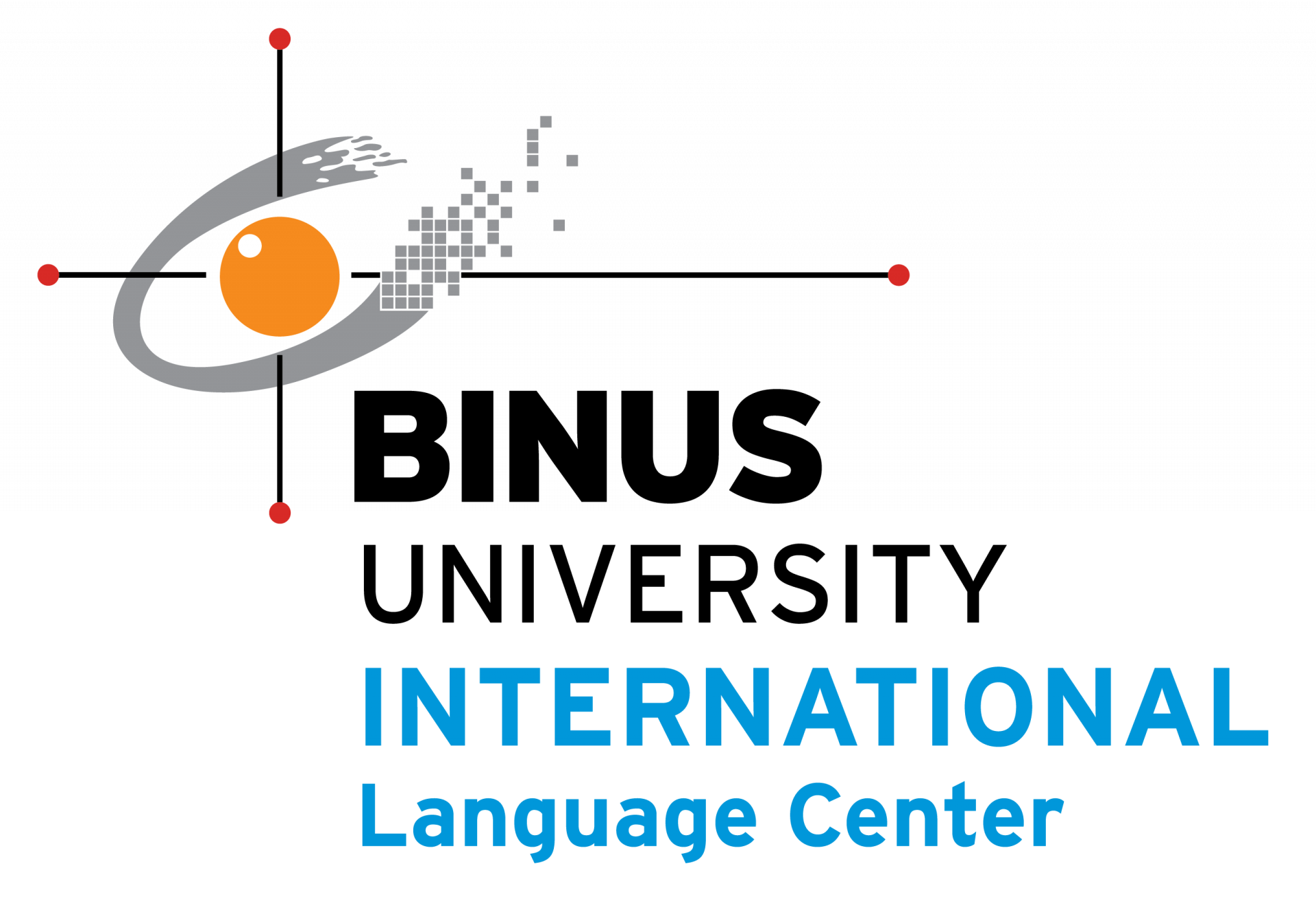The Funnel of Introduction
Since the introduction is the first paragraph the reader reads, it is often the first paragraph the student plans and can be, therefore, the most difficult. There are many ways to begin an essay. Four basic types of introductions are the “turnabout”, in which the author opens with a statement contrary to his or her actual thesis; the “dramatic entrance”, in which the author opens with a narrative description, or dramatic example pertinent to the topic, the “relevant quotation”, in which the writer opens with a quotation relevant to the topic, and the “funnel”.
The funnel is perhaps the most common type of introductory paragraph. It is so-called because the ideas progress from the general to the specific just as a funnel is wide at the top and narrow at the bottom. The approach is to open with a general statement about the topic and then to work toward the more specific thesis statement at or near the end of the introduction. Not only should the opening statement be general, it should also be congenial as well as not alienate the reader. See how this technique is applied in this introductory paragraph.
“Traveling to a foreign country is always interesting, especially if it is a country that is completely different from your own. You can delight in tasting new foods, seeing new sights, and learning about different customs, some of which may seem very curious. If you were to visit my country, for instance, you would probably think that my people have some very strange customs, as these three examples will illustrate.”
In this introductory paragraph, the writer introduces the general topic of “travelling to a foreign country” in the first sentence and narrows down the topic to a more specific aspect – the customs in the writer’s country. The thesis statement comes at the end with the central idea being “strange”. Illustrations should appear in the developmental paragraphs.
Just how general should the introductory paragraph be? One way to avoid beginning too generally or too far back is to have one key word in the first sentence reappear in the thesis statement, or if not the word itself, a synonym of the word or an idea. In the preceding paragraph, “visit” echoes “travelling” and the word “country” appears in the first and last sentences.
